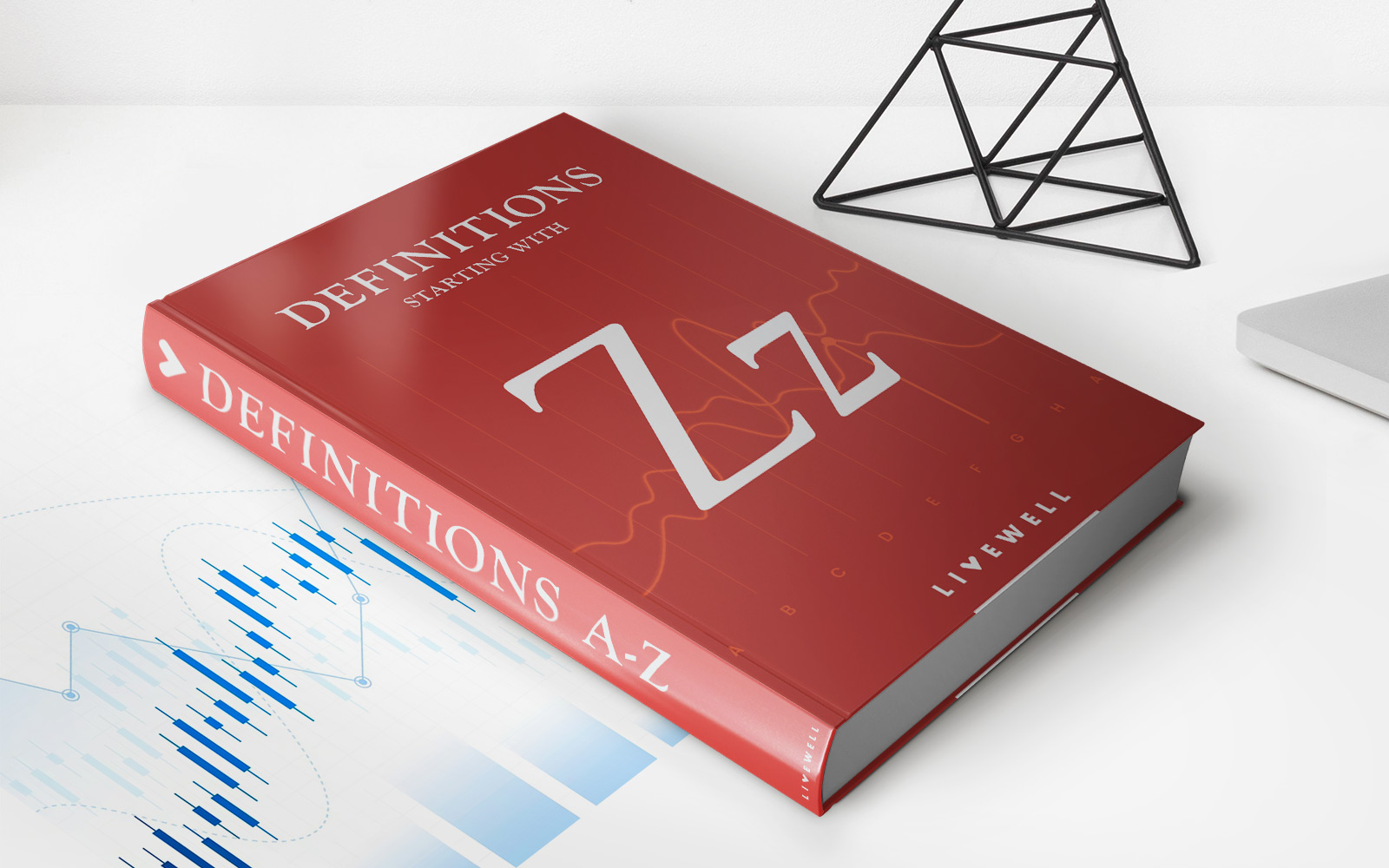

Finance
How To Accept Subsidized Loans
Published: February 17, 2024
Learn how to accept subsidized loans and manage your finances effectively. Find out the best ways to handle your financial aid and make informed decisions.
(Many of the links in this article redirect to a specific reviewed product. Your purchase of these products through affiliate links helps to generate commission for LiveWell, at no extra cost. Learn more)
Table of Contents
Understanding Subsidized Loans
Understanding Subsidized Loans
Subsidized loans are a type of federal student loan designed to help undergraduate students with demonstrated financial need afford a college education. Unlike unsubsidized loans, the U.S. Department of Education pays the interest on subsidized loans while the student is in school at least half-time, during the grace period after leaving school, and during any deferment periods. This means that the loan balance does not increase while the student is still in school or experiencing a grace period or deferment.
Subsidized loans are considered a form of need-based financial aid, and the amount a student can borrow is determined by their school and is based on financial need. The government sets the interest rate on subsidized loans, and it is typically lower than that of unsubsidized loans and private loans. Additionally, the government places annual and aggregate limits on the amount of subsidized loans a student can borrow.
One of the key benefits of subsidized loans is that they offer a financial cushion for students who may not have the means to pay interest while pursuing their education. This feature can significantly reduce the overall cost of borrowing for students with financial need, as it prevents interest from accruing and compounding during specific periods.
It's important to note that subsidized loans are only available to undergraduate students, and eligibility is contingent on financial need as determined by the Free Application for Federal Student Aid (FAFSA). Graduate students are not eligible for subsidized loans, but they may qualify for unsubsidized loans.
Understanding the nuances of subsidized loans is crucial for students seeking financial assistance for their education. By comprehending the unique benefits and eligibility requirements associated with subsidized loans, students can make informed decisions about their borrowing options and navigate the complexities of financing their college education effectively.
Eligibility for Subsidized Loans
Eligibility for Subsidized Loans
Eligibility for subsidized loans is primarily based on financial need, as determined by the information provided on the Free Application for Federal Student Aid (FAFSA). When students submit the FAFSA, the data is used to calculate their Expected Family Contribution (EFC), which is a measure of their family’s financial strength and is a key factor in determining financial need.
Additionally, to qualify for subsidized loans, students must be enrolled at least half-time in a degree or certificate program at a participating institution. They must also meet the general eligibility requirements for federal student aid, including maintaining satisfactory academic progress and being a U.S. citizen, national, or eligible non-citizen.
It’s important to note that subsidized loans are only available to undergraduate students, and there are limits on the maximum eligibility period for receiving subsidized loans. This period is based on the length of the student’s current program of study and is known as the maximum eligibility period. Once a student reaches this limit, they may no longer receive subsidized loans, even if they have not completed their program.
Furthermore, eligibility for subsidized loans is contingent on the student’s overall financial aid package. The total amount of financial aid a student can receive, including subsidized loans, cannot exceed the cost of attendance at their institution. If a student receives other forms of aid that cover their full financial need, they may not be eligible for subsidized loans.
Understanding the eligibility criteria for subsidized loans is essential for students navigating the financial aid process. By meeting the requirements and understanding the limitations of subsidized loans, students can effectively leverage this form of financial assistance to pursue their educational goals without shouldering an overwhelming financial burden.
Applying for Subsidized Loans
Applying for Subsidized Loans
The process of applying for subsidized loans begins with completing the Free Application for Federal Student Aid (FAFSA). The FAFSA is a crucial step in the financial aid application process and serves as the gateway to various forms of federal student aid, including subsidized loans. When completing the FAFSA, students provide detailed information about their family’s financial situation, and this data is used to determine their eligibility for need-based aid, such as subsidized loans.
After submitting the FAFSA, students receive a Student Aid Report (SAR), which summarizes the information provided on the FAFSA and includes the student’s Expected Family Contribution (EFC). The EFC is a critical factor in determining the student’s eligibility for subsidized loans and other forms of financial aid.
Once the school receives the student’s FAFSA data, they use this information to determine the types and amounts of financial aid the student is eligible to receive. This includes assessing the student’s eligibility for subsidized loans based on their demonstrated financial need and enrollment status.
If the student is determined to be eligible for subsidized loans, the school’s financial aid office will include these loans as part of the student’s financial aid package. The student will receive an award letter outlining the types and amounts of aid they are eligible to receive, including any subsidized loans for which they qualify.
After reviewing the award letter, the student can choose to accept all or a portion of the subsidized loans offered to them. It’s important for students to carefully consider their borrowing needs and only accept the amount of subsidized loans necessary to cover educational expenses, as these loans must be repaid with interest after leaving school.
Understanding the process of applying for subsidized loans empowers students to take proactive steps in securing the financial assistance needed to pursue their education. By navigating the FAFSA and engaging with their school’s financial aid office, students can position themselves to access subsidized loans and other forms of aid that align with their financial circumstances and educational aspirations.
Accepting Subsidized Loans
Accepting Subsidized Loans
Upon receiving a financial aid award letter that includes subsidized loans, students must carefully evaluate their financial needs before deciding to accept the offered loans. While subsidized loans can provide valuable assistance in funding a college education, it’s essential for students to exercise prudence and only borrow what is necessary to cover educational expenses.
When considering whether to accept subsidized loans, students should first assess their overall financial aid package, including any grants, scholarships, and work-study opportunities they have been awarded. By leveraging these forms of aid, students can reduce their reliance on loans and minimize their future debt burden.
After evaluating their financial aid package, students can determine the amount of subsidized loans they need to accept to cover remaining educational costs, such as tuition, fees, and living expenses. It’s advisable for students to borrow conservatively and prioritize subsidized loans over unsubsidized loans or private loans, as subsidized loans offer more favorable terms and do not accrue interest while the student is in school at least half-time.
Once students have made an informed decision about the amount of subsidized loans they wish to accept, they can communicate their acceptance to their school’s financial aid office. This may involve completing a loan acceptance form or following specific instructions outlined in the award letter. It’s important for students to adhere to the deadlines provided by the school to ensure timely processing of their loan disbursements.
After accepting subsidized loans, students should familiarize themselves with the terms and conditions of the loans, including the interest rate, repayment options, and grace period. By understanding these aspects, students can effectively plan for their future loan repayment and make informed financial decisions throughout their college journey.
Ultimately, accepting subsidized loans should be a deliberate and calculated decision aimed at facilitating access to higher education while managing financial obligations responsibly. By leveraging subsidized loans judiciously and complementing them with other forms of aid, students can pursue their academic aspirations with greater financial confidence and security.
Repaying Subsidized Loans
Repaying Subsidized Loans
After completing their education or dropping below half-time enrollment, students who have accepted subsidized loans will enter the repayment phase. It’s essential for borrowers to understand the terms of their loans and prepare for successful repayment to avoid financial challenges in the future.
One of the key advantages of subsidized loans is that the government covers the interest while the borrower is in school at least half-time, during the grace period after leaving school, and during any approved deferment periods. This means that borrowers are not responsible for paying the accrued interest during these periods, which can help keep the overall cost of borrowing lower compared to unsubsidized or private loans.
Upon entering the repayment phase, borrowers will typically have a grace period before they are required to begin making payments. The length of the grace period may vary depending on the type of loan, but it is generally six months for federal student loans. During this time, borrowers can prepare their finances and explore repayment options that align with their financial situation.
When the grace period ends, borrowers are expected to start making regular monthly payments on their subsidized loans. It’s important for borrowers to stay informed about their repayment schedule and communicate with their loan servicer to ensure a smooth transition into repayment. Additionally, borrowers should explore the various repayment plans available for federal student loans, such as income-driven repayment options, to select a plan that suits their financial circumstances.
If borrowers encounter financial challenges that make it difficult to meet their repayment obligations, they may be eligible for deferment or forbearance, which allow them to temporarily postpone or reduce their loan payments. It’s crucial for borrowers to explore these options with their loan servicer and understand the implications of postponing payments, including the potential accrual of interest.
By staying proactive and engaged in the repayment process, borrowers can effectively manage their subsidized loans and work towards achieving financial stability after completing their education. Understanding the repayment terms, exploring available options, and maintaining open communication with loan servicers are essential components of successfully repaying subsidized loans and achieving long-term financial well-being.














